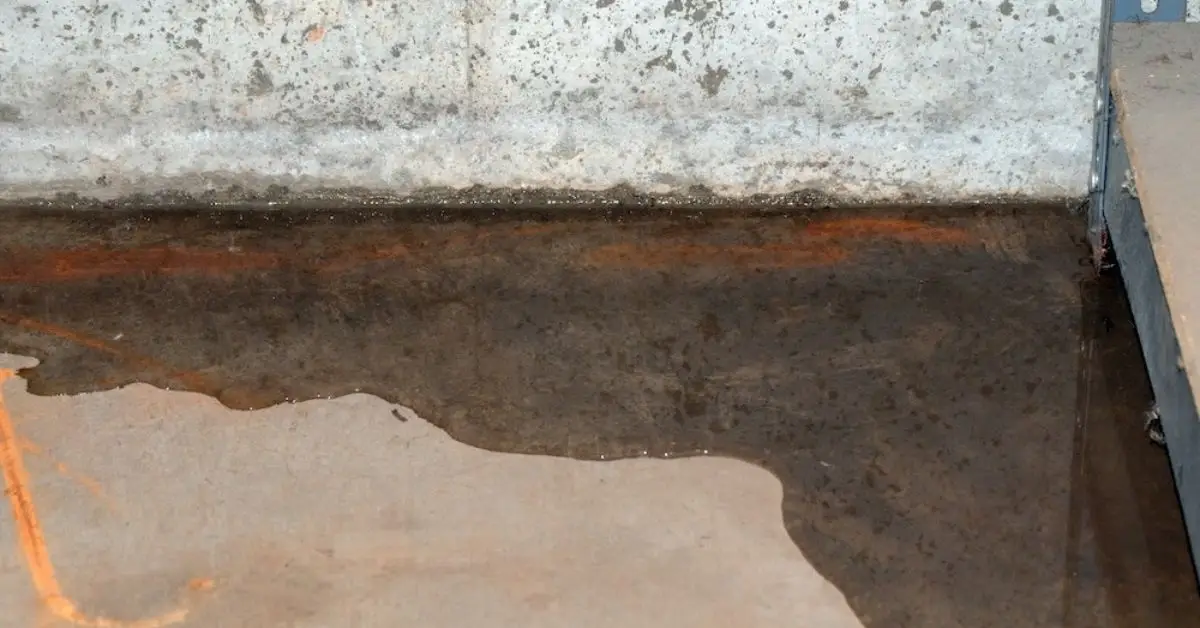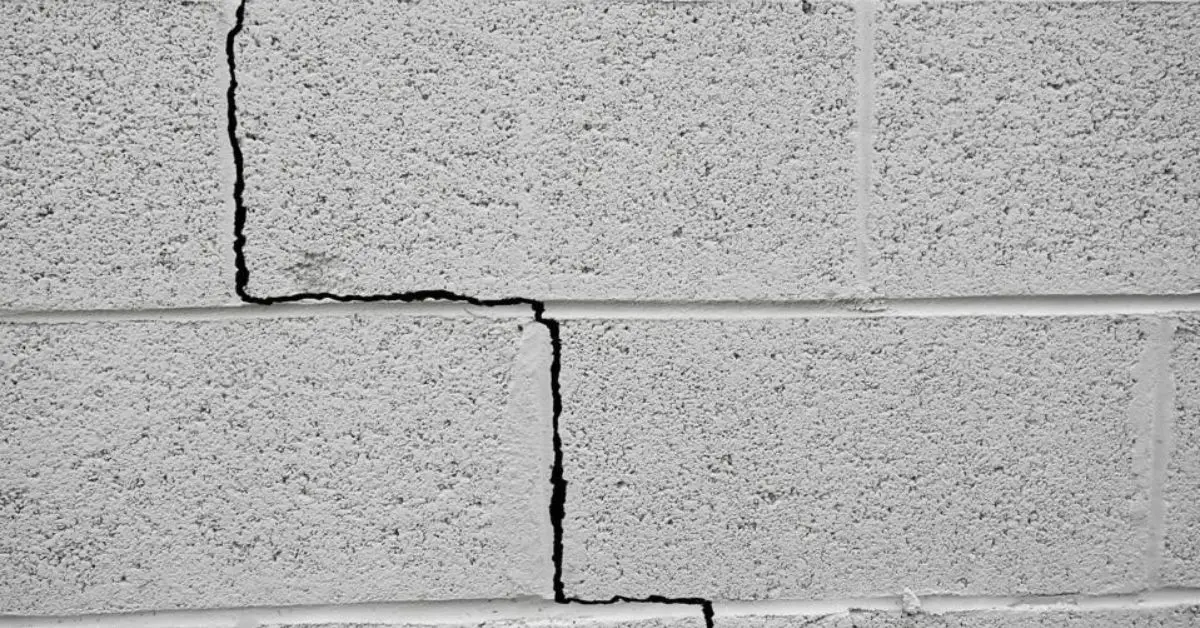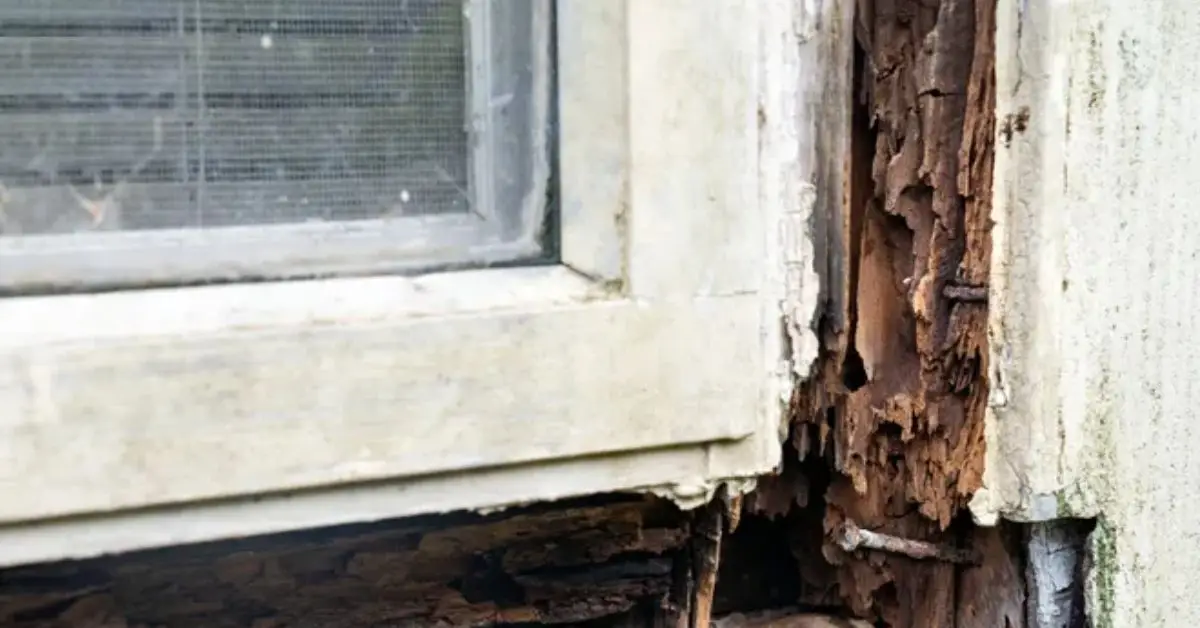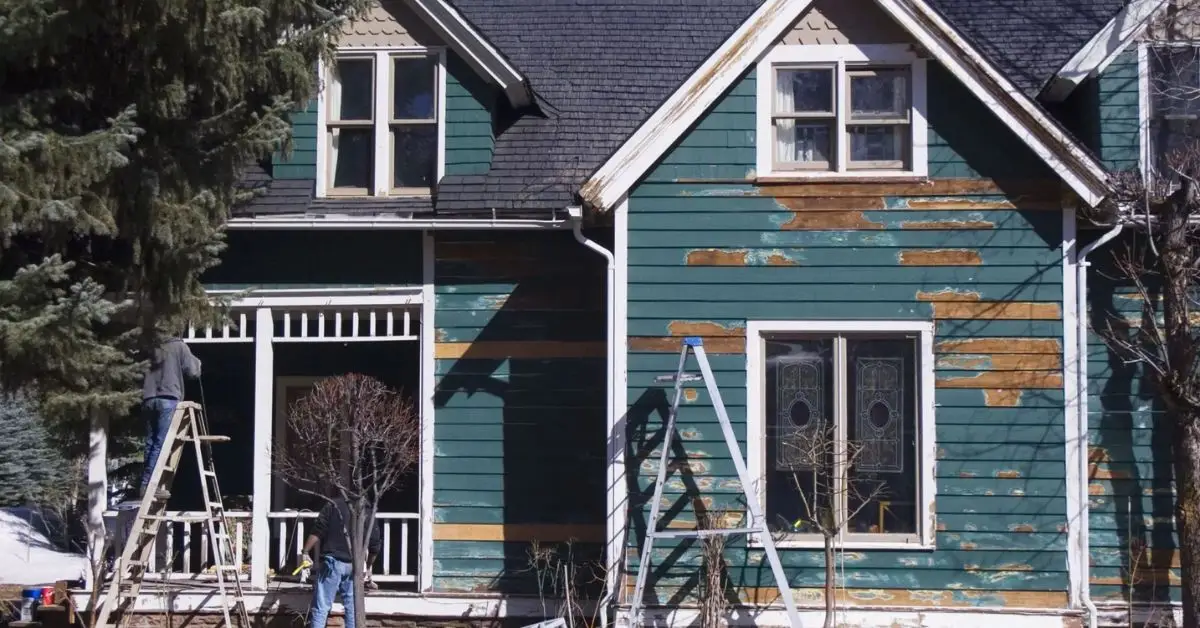Selling your home? Here’s a hard truth: one bad home inspection can ruin everything.
I’ve seen deals fall apart in hours—just because of a cracked foundation, mold smell, or a dated electrical panel. You think you’re ready to close, then bam… the buyer’s agent calls and says they’re out. Or worse, they ask for a $20,000 price cut. Sound familiar?
It happens more than you think.
According to data from Bosscat Home, issues like water intrusion, electrical hazards, and foundation problems are among the most common inspection red flags—and yes, they can kill a sale.
The good news? You can prevent all this.
In this article, I’ll walk you through 7 home inspection issues that most often kill sales—and exactly how to fix them before they become deal-breakers. I’m not talking about lipstick fixes or patch jobs. These are real, practical steps that can help you hold your price, close faster, and avoid that gut-punch call from your agent.
If you’re serious about selling smart (and stress-free), this is where you start.
Let’s dive in.
1. Water Intrusion & Drainage Failures
If there’s one issue that silently wrecks home sales, it’s water damage.

I’ve seen deals fall apart over a bit of moisture in the basement or stains around a window frame. Buyers take it seriously—and they should. Water intrusion can lead to mold, rot, foundation shifting, and long-term structural risk. It’s not just a “wet spot.” It’s a red flag that says, “There may be more hiding behind this wall.”
Inspectors are trained to look for signs like:
- Standing water in crawl spaces or basements
- Efflorescence (white mineral deposits) on foundation walls
- Damp or rotting wood near windows, doors, or roofs
- Poor grading around the home, causing water to flow toward instead of away from the structure
- Clogged or damaged gutters and downspouts
Even if the damage looks minor, most buyers will assume the worst—and either walk or negotiate hard. On Reddit, I’ve seen multiple threads where buyers backed out over small water issues because of what they “might” mean. One even said, “If I see water stains in a basement, I’m not buying. Period.”
Here’s the part most sellers miss: this is usually fixable—and affordable—if done early.
Before you list, walk around your house after a rainstorm. Is water pooling near the foundation? Are gutters overflowing or disconnected? Is the soil sloping toward the house? These may seem small, but they signal bigger risk during an inspection.
Here’s what I recommend:
- Clear and extend your downspouts 4–6 feet away from the house
- Regrade low soil spots near your foundation
- Check flashing around windows and doors
- Seal any visible cracks in the foundation with proper masonry caulk (not cosmetic filler)
- Consider a basic sump pump if your basement tends to get damp
And if you’re unsure, spend a few hundred dollars on a drainage or waterproofing specialist to assess it. It’s better than losing tens of thousands in negotiations later.
If buyers see water, they see risk. Fix the drainage now—before the inspector finds it first.
2. Foundation & Structural Problems
There’s no faster way to spook a buyer than with a crack in the foundation—or worse, uneven floors or sticking doors.

Why? Because foundation issues feel expensive and unpredictable. Even if they’re minor, most buyers don’t want to touch a house that might be sinking. And in this market, they don’t have to. They’ll just move on to the next one.
Inspectors typically look for:
- Large horizontal cracks in basement walls
- Vertical cracks wider than a pencil
- Bowing or leaning foundation walls
- Floors that slope or feel “off” underfoot
- Windows or doors that stick or don’t align
Even if you’ve lived with it for years without trouble, to a buyer seeing it for the first time, it screams long-term liability.
On AskTCG’s, structural concerns are ranked right up there with mold and electrical hazards. And it makes sense—foundation repairs can easily cost $10,000–$30,000, and buyers don’t want to be the ones footing that bill.
So what can you do?
- If you see cracks, don’t just patch them—get a structural engineer to inspect and document the cause.
- If it’s already been repaired, gather receipts and reports to show the issue was resolved properly.
- Avoid DIY fixes that make it look like you’re hiding something. That will raise more questions than answers.
- Consider offering a structural warranty as part of the sale. It gives buyers confidence and can keep the deal from collapsing under suspicion.
Here’s the truth: Not every crack means disaster—but without expert verification, buyers will assume it does.
Fix the story before they invent their own.
3. Pest or Insect Damage (Especially Termites)
This one’s sneaky. You may not see it, smell it, or hear it—but your buyers might still walk away over it.
Pest damage, especially from termites or carpenter ants, is one of those silent killers during inspection. The structure might look solid, but once an inspector pokes around and finds soft wood, old droppings, or active infestation signs, the red flags go up fast.

And for good reason. Termites cause billions in damage every year. One overlooked colony can chew through subfloors, joists, or framing behind your drywall.
Termite or rodent activity is a common deal-breaker—especially in older homes where prevention wasn’t consistent. Even if it’s not active anymore, past damage without treatment records can tank buyer trust.
Buyers start wondering:
- What else is lurking behind the walls?
- Has this been going on for years?
- What will it cost to fix—after I move in?
That kind of doubt is hard to undo once it’s in their head.
So what should you do before listing?
- Get a pest inspection before the buyer’s inspector does. It’s cheap, fast, and gives you control over the story.
- If there was past activity, show receipts from professional remediation and any structural repairs.
- If there’s current damage, don’t wait—get it treated, repaired, and documented.
And don’t forget rodents. Signs like droppings, chew marks, or even that “musky” smell in attics or crawl spaces? Huge turn-off. Clean it up, seal entry points, and consider calling in a pro.
You’re not just fixing a pest issue. You’re rebuilding buyer trust.
Because no one wants to inherit someone else’s infestation.
4. Mold, Radon & Environmental Hazards
Nothing triggers buyer anxiety faster than the word mold.
Even if it’s a small patch behind a bathroom vanity or in the basement corner, mold sets off alarms—health concerns, hidden leaks, costly remediation. And the reality is, if an inspector smells dampness or sees discoloration, they’re going to test for it.
And then you’re playing defense.
But mold isn’t the only issue. Radon—a colorless, odorless gas—can show up in inspection reports too. It’s linked to lung cancer and is more common than most sellers realize, especially in older or lower-level homes. The EPA recommends mitigation for levels above 4.0 pCi/L, and many buyers will walk if you don’t take it seriously.
A good breakdown of how environmental issues derail sales is outlined in this LinkedIn article by real estate expert Bill Gassett. He explains how mold, asbestos, and radon are often underestimated by sellers—but instantly prioritized by cautious buyers.
Here’s what I tell clients: Don’t wait to be surprised.
Before listing, take these steps:
- Use a moisture meter to test common problem areas (basements, under sinks, attic insulation).
- Have a professional mold and radon test done—and keep the reports on hand for buyer review.
- If there’s anything present, get it professionally treated. Don’t DIY it with bleach. That only masks symptoms, not the source.
- Seal and ventilate crawl spaces or basements properly to prevent future buildup.
Buyers don’t need perfection. They need transparency and proof that a problem was handled responsibly.
In today’s market, clean air and peace of mind are serious selling points.
5. Aging or Faulty Mechanical Systems
You can have a beautiful kitchen, fresh paint, and polished floors—but if the HVAC sputters or the electrical panel looks ancient, buyers will hesitate.

Why? Because mechanical systems aren’t cosmetic. They’re essential. And replacing them isn’t cheap.
Let’s break it down.
Plumbing: Older pipes—especially galvanized steel or Polybutylene—raise red flags. Buyers worry about corrosion, leaks, and potential flooding down the road. Slow drains or water pressure issues? They’ll assume the worst.
Electrical: Double-tapped breakers, old knob-and-tube wiring, or mismatched upgrades can make buyers nervous—and for good reason. Fire risks and insurance headaches are not what anyone wants in a new home.
HVAC: If your furnace or AC is more than 15–20 years old, even if it works, buyers will factor in the cost to replace it. If the unit looks rusted or dirty, it signals neglect.
The National Association of Realtors notes in this article on deal-breaking inspections that outdated systems are one of the top reasons a sale derails post-inspection. Buyers either renegotiate hard—or walk away entirely.
What can you do about it?
- Have a licensed electrician and plumber inspect key systems before listing. It’s a small cost with big returns.
- If your HVAC is aging but functional, get it serviced and cleaned. Replace filters, tighten up ductwork, and document the service.
- Replace visible issues like rusted water heaters or cracked PVC joints. These are small repairs that signal big care.
- Keep utility receipts or service records. Showing that a system was maintained gives buyers peace of mind. Keep utility receipts or service records. Showing that a system was maintained gives buyers peace of mind. You can also consider smart energy upgrades that increase your home’s resale value—they’re attractive to buyers and easier to implement than most people think.
Here’s the deal: No one wants to buy a “money pit.” And old systems—if not handled—can make even a great home feel risky.
Take that fear off the table, and your sale gets a lot smoother.
6. Roof Defects & Exterior Failures
Here’s something most sellers underestimate: buyers look up first.
The roof isn’t just a structure—it’s a symbol of shelter, stability, and cost. And if it looks worn, patched, or neglected, buyers start doing mental math. A new roof can run anywhere from $8,000 to $20,000 depending on size and materials. Most people don’t want to take that on right after closing.
Even small issues matter. Missing shingles, sagging gutters, or dark streaks can signal deeper damage—like rot, mold, or active leaks. During inspections, roof concerns are one of the most common findings that either delay a deal or break it altogether.
This isn’t just anecdotal. In fact, roofing problems rank among the top 10 most frequently cited inspection issues in Bosscat Home’s analysis of over 77,000 reports. And once it’s in the report, your buyer’s negotiating power goes way up.
So what should you do before you list?
- Visually inspect for curling, missing, or cracked shingles.
- Check flashings around vents, chimneys, and skylights—these often leak before the roof itself does.
- Clean your gutters and ensure they’re sloped properly to drain water away.
- If your roof is more than 15–20 years old—even if it’s holding up—consider getting a roofing contractor to inspect and certify it.
- Replace or repair small issues now. They’ll cost more later when a buyer uses them to drive your price down.
And here’s a tip most sellers miss: If your roof is in good condition, get it certified and hand that report to buyers upfront. It immediately answers one of their biggest silent fears.
You’re not just protecting the home—you’re protecting the deal.
7. Odors, Foul Smells & Cosmetic Red Flags
This one might surprise you. It’s not structural, it’s not expensive—and yet it kills more deals than you’d think.
Smell.
Musty basements. Cigarette smoke. Pet odors. Moldy bathrooms. Some sellers go nose-blind to it after living in the home for years, but buyers walk in and feel it immediately. It’s visceral. They wrinkle their nose, say nothing, and mentally move on to the next showing.
And once that emotional reaction hits? It’s hard to win them back.
Bad smells suggest bigger problems. Mold. Water damage. Poor ventilation. Past neglect. Even if it’s just an old carpet or cooking habits, buyers don’t separate the source from the house. In a recent guide from Better Homes & Gardens, odor ranked high among the subtle deal-breakers buyers don’t even realize are influencing them.
But it’s not just about smell. Visual details matter too:
- Peeling paint
- Dirty vents
- Stained ceilings
- Scuffed walls or cracked tiles
- A cluttered garage or dark, stuffy rooms
These aren’t major repairs, but they chip away at a buyer’s sense of confidence and comfort. The space starts to feel unloved—and that’s a problem.
Here’s what I recommend before your first showing:
- Deep clean everything. And I mean everything. Hire professionals if you have to.
- Replace old carpets or have them professionally shampooed.
- Repaint with light, neutral colors. Fresh paint signals care.
- Open windows before showings, use subtle air purifiers—avoid harsh sprays or fake “fresh” smells.
- Declutter. Buyers need to see themselves in the home, not your laundry room chaos.
It’s not just about fixing what’s broken. It’s about making the home feel like a safe, fresh start.
Because if it smells off—or looks neglected—buyers won’t trust what they can’t see either.
Bonus: Setting Expectations & Pre-Listing Strategy
Here’s a truth no one tells most sellers: it’s not always the inspection issues that kill a deal—it’s the surprise.
Inspections don’t just uncover problems. They shift leverage.
Buyers suddenly feel like they have the upper hand. They want money off, repairs done, or walk away entirely. And if you’re caught off guard with no plan, you’ll either panic and give in—or lose the sale altogether.
But this can be avoided with one move most homeowners skip: a pre-listing inspection.
Bringing in your own licensed inspector before you go on the market puts you in control. You’ll know what’s coming, you’ll have time to fix it, and you’ll eliminate most of the “shock factor” when your buyer’s inspector shows up.
You don’t need to fix everything. But you do need a plan:
- Prioritize major repairs—foundation, water, roof, safety issues.
- Disclose smaller ones up front. Buyers appreciate honesty more than perfection.
- Set expectations early with your agent about how you’ll handle inspection requests. That way, you’re not negotiating emotionally.
- Keep all receipts and reports organized in a folder you can share with buyers. Transparency builds trust—and it protects your price.
You don’t need to fix everything. But you do need a plan: and make sure you’re clear on the home repairs buyers should never ignore after inspection so you’re prioritizing the ones that matter most.
This kind of prep work isn’t just tactical—it’s psychological. You look like a seller who has nothing to hide. That’s rare. And powerful.
If you’re serious about selling well, a pre-listing inspection is one of the smartest investments you can make.
You can’t prevent what buyers will ask for. But you can control what they find—and how ready you are when they do.
The Deal-Killers & What to Do About Them
Sometimes, you just need a clear, at-a-glance guide. Below is a quick summary of the major issues that can derail your sale—and exactly how to stay ahead of them.
| Issue | Why It’s a Deal-Killer | Fix It By |
|---|---|---|
| Water Intrusion | Triggers mold risk, structural concerns, buyer distrust | Redirect drainage, seal cracks, grade soil, repair leaks |
| Foundation & Structural Problems | Suggests deep, expensive repairs | Get structural engineer’s report, fix professionally |
| Pest/Insect Damage (Termites) | Signals hidden destruction, active infestations | Get pest inspection, treat, repair wood, share documentation |
| Mold, Radon, Environmental Risks | Health risks; raises fear of long-term safety or cost | Test & remediate professionally, provide clean reports |
| Mechanical System Failures | Buyers fear costly replacements post-close | Service HVAC, update plumbing/electrical, provide maintenance records |
| Roof Defects | High replacement cost; first visual red flag | Inspect, repair or certify roof, clean gutters, fix flashing |
| Odors & Cosmetic Issues | Emotional turn-off; suggests poor upkeep | Deep clean, deodorize, repaint, declutter, replace flooring |
This table isn’t just a recap—it’s a checklist you can actually use. Before listing, walk through these areas with fresh eyes (or better, a professional) and tackle what you can.
Every repair is a step closer to a smoother, faster, more confident sale.
One Last Thing Before You List
Selling a home isn’t just about staging or pricing. It’s about confidence—yours and the buyer’s.
You don’t need a perfect house. But you do need to show that you’ve taken care of the problems that matter. The issues we covered here—foundation cracks, mold, roof damage, outdated systems—aren’t just physical. They’re emotional. They shape how a buyer feels the second they walk through your door or open the inspection report.
The more you prepare upfront, the fewer surprises later. That means fewer price drops, fewer renegotiations, and a much higher chance your deal actually closes.
If you were the buyer, what would you want to know?
If you were the buyer, what would you want to know? Take a look at this first-time home buyers guide to buying a house in 2025 to see how they think, what they fear, and how small things impact their decision-making.
Start there. Fix what needs fixing. Document everything. And don’t let your inspection be the reason a good offer slips away.
Have you ever walked away from a home after the inspection? Or renegotiated hard? What triggered it for you?
Drop a comment or share your story—we’re all learning from the trenches.
Want more practical tips to sell smarter and fix with confidence? Visit Build Like New for real, experience-backed home selling advice that actually works.
Disclaimer: This article is intended for informational purposes only and does not replace advice from licensed inspectors, real estate agents, or engineers. Always consult professionals before making repair decisions or disclosures.


